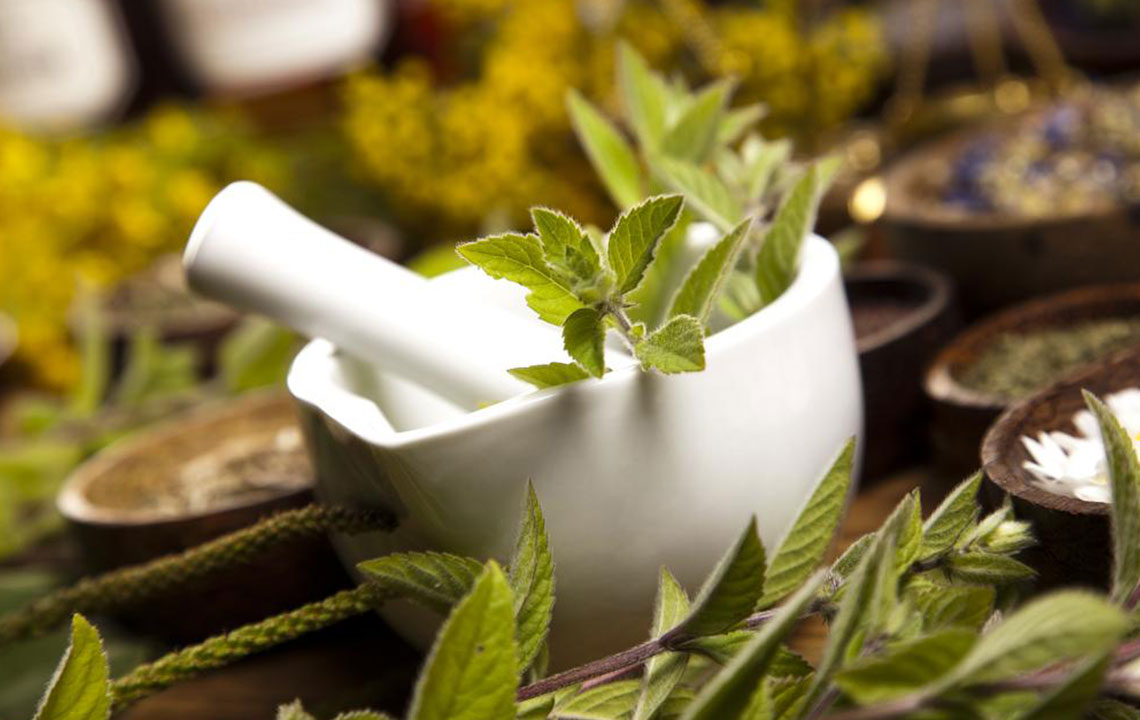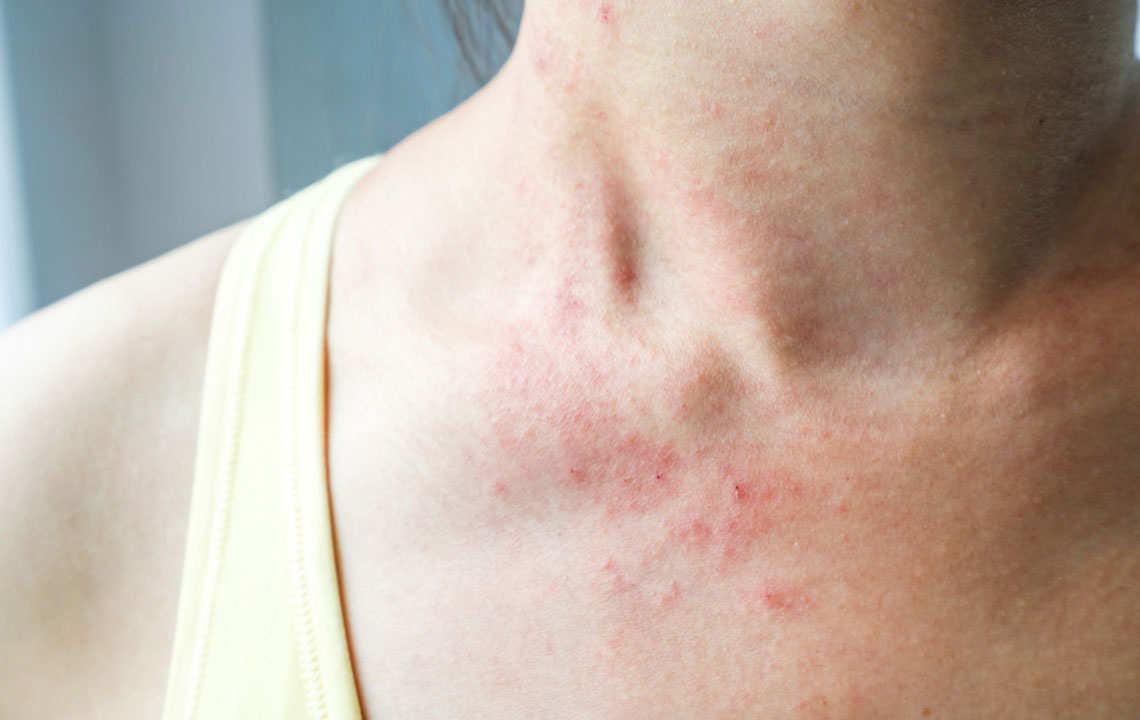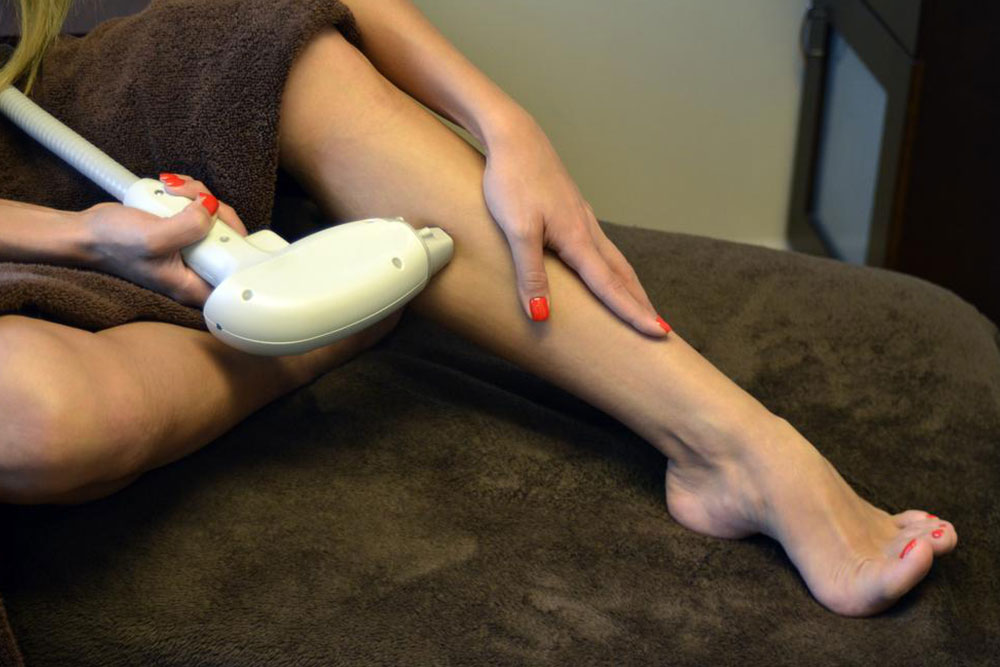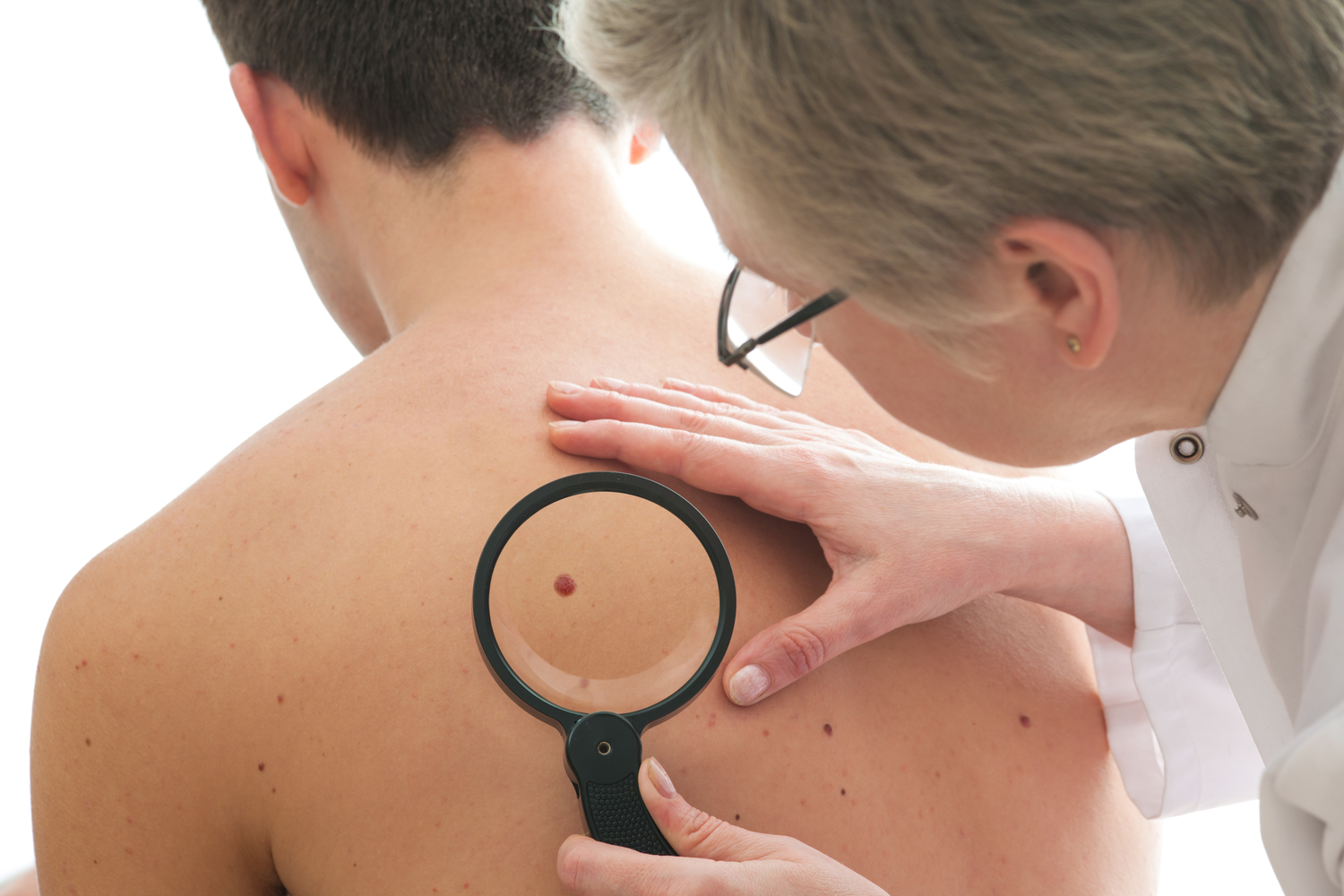Comprehensive Home Strategies for Natural Management of Cellulitis
This comprehensive guide provides effective natural home remedies and essential tips for managing cellulitis. It emphasizes early recognition, proper wound care, and when to seek medical treatment. Combining home remedies like warm compresses, lukewarm water soaks, and gentle clothing with appropriate antibiotic use can help alleviate symptoms and accelerate recovery. Understanding the risks of untreated cellulitis and the importance of professional care ensures a safe recovery process. This article serves as a complete resource for individuals seeking safe, simple, and effective home strategies to manage cellulitis naturally and prevent complications.

Effective Natural Remedies and Care Tips for Cellulitis at Home
Cellulitis is a common bacterial skin infection primarily caused by the bacteria Streptococcus and Staphylococcus. It often begins at a site of skin injury, such as a cut, scrape, or insect bite, and can rapidly spread if left untreated. While it frequently affects the lower legs in adults, cellulitis can also appear on the arms, face, or other parts of the body. The infection manifests through symptoms like redness, warmth, swelling, tenderness, and sometimes fever or chills, signaling an ongoing immune response. Recognizing these signs early is essential for effective management.
While antibiotics are necessary for treating cellulitis, several home remedies can complement medical treatment and help alleviate discomfort, reduce inflammation, and promote faster healing. The following natural strategies are safe, accessible, and can be implemented easily at home:
Warm Compress Application: Applying a warm compress to the affected area can increase blood circulation, promote drainage of infection and reduce swelling. Use a clean cloth soaked in warm water, ensuring the temperature is comfortable and not too hot to avoid burns. Apply the compress for 15-20 minutes several times a day to maximize benefits.
Lukewarm Water Soaks: Soaking the infected area in lukewarm water can soothe irritation, clean the skin, and help loosen debris or crusts that may form around the wound. This practice can aid in preventing further bacterial buildup when combined with proper wound care.
Avoid Harsh Chemicals and Irritants: To prevent aggravating the infection, keep the affected skin away from harsh soaps, cosmetics, or cleaning products that contain strong chemicals. Use gentle, fragrance-free cleansers and maintain cleanliness without causing additional irritation.
Wear Loose, Comfortable Clothing: Tight clothing can restrict airflow and cause friction, worsening inflammation. Opt for loose, breathable fabrics to reduce irritation and allow the skin to breathe, which can support the healing process.
For those experiencing mild cellulitis, these home care practices, combined with proper wound hygiene, may help reduce symptoms and support recovery. However, it is crucial to understand when to seek professional medical attention. Antibiotic therapy, prescribed by a healthcare provider, remains the cornerstone of cellulitis treatment. Typically, antibiotics are administered for 3 to 10 days, and most patients notice improvement within 1-2 days of starting medication. Persisting or worsening symptoms after this period should prompt immediate medical consultation.
Untreated cellulitis can lead to serious complications such as the infection spreading to lymph nodes, bloodstream (sepsis), or surrounding tissues. In severe cases, hospitalization with intravenous antibiotics might be necessary. Penicillin and other antibiotics are effective options, depending on bacterial resistance patterns and individual health considerations. Proper wound care, early diagnosis, adherence to prescribed medications, and monitoring are vital for successful recovery.
Preventive strategies include keeping skin intact and cleaned, managing wounds promptly, and maintaining good hygiene. Individuals with compromised immune systems or known skin conditions like athlete’s foot should be especially vigilant. If symptoms of cellulitis occur, consult your healthcare provider immediately to avoid complications and ensure appropriate treatment. With proper care and attention, most cases of cellulitis can be effectively managed at home, reducing the risk of severe health issues and promoting faster healing.





